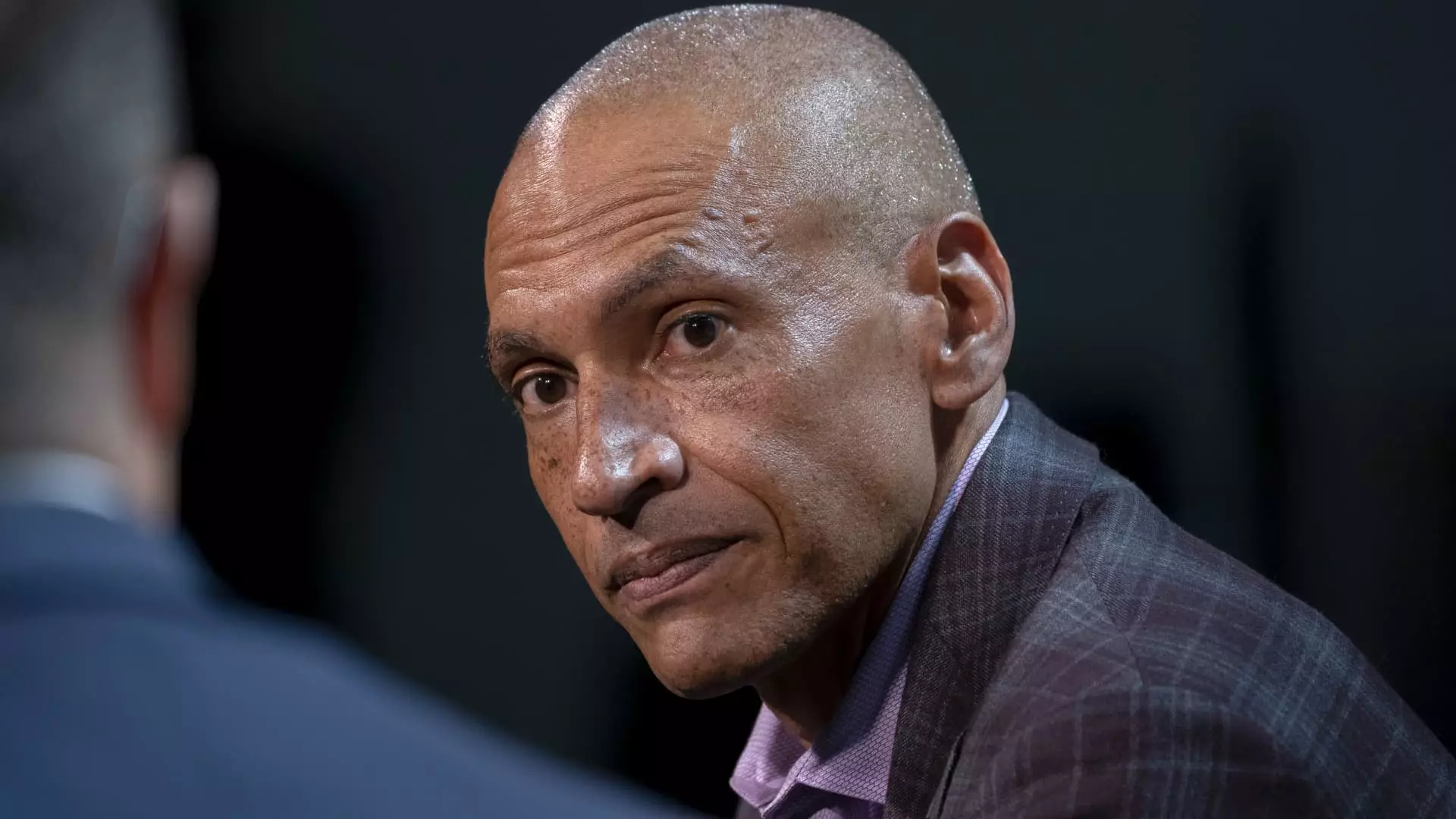Microsoft has announced the resignation of Chris Young, the head of business development, a role he has held for nearly four years. His departure marks a significant change within the company, particularly in a division that has seen heightened activity due to high-stakes acquisitions and partnerships. Although the regulatory filing did not name a successor, this move prompts questions about leadership continuity and strategy moving forward.
Chris Young’s tenure at Microsoft began in 2020, following his time as CEO of McAfee, where he was instrumental in detaching the company from Intel. His prior experience also included key executive positions at tech giants Cisco and RSA. Within Microsoft, Young was an integral member of the senior leadership team, working directly under CEO Satya Nadella and alongside the finance chief, Amy Hood. His strategic acumen heavily influenced key initiatives, such as the company’s landmark $68.7 billion acquisition of Activision Blizzard. This not only represents the most significant deal in Microsoft’s history but also underscores Young’s pivotal role in the company’s growth trajectory.
During the fiscal year 2024, Young was among the highest earners at Microsoft, receiving a compensation package totaling $12 million. This package reflects both his status and the contributions he made to the company. His organization included M12, Microsoft’s venture capital arm, which has nurtured a variety of innovative startups, indicating Young’s dual emphasis on both traditional business development and fostering new technology ventures.
Aside from his operational contributions, Young was also recognized for his advocacy of diversity and inclusion within the tech sector. Described as one of the most prominent Black executives at Microsoft, his leadership in this area came at a time when many tech firms are reevaluating their diversity initiatives. This focus on inclusion was not merely a corporate mandate but a personal commitment to reshape the culture of technology companies amid increasing scrutiny over diversity policies.
With Young’s exit, Microsoft faces the challenge of maintaining momentum in its various initiatives, particularly in its relationships with companies like OpenAI and Netflix. These partnerships represent emerging areas of growth, especially in artificial intelligence and digital streaming—fields where Microsoft is making substantial investments. The future leader in Young’s former role will need to not only navigate existing partnerships but also explore new opportunities amid a rapidly changing tech landscape.
As Microsoft transitions into a new chapter without Chris Young, the company must reflect on the legacy he leaves behind while preparing to chart its future path. The impact of his leadership could shape the direction of Microsoft’s business development efforts in the years to come. In a critical time for the technology sector, where change is constant, the strategic decisions made in the wake of this leadership shift will be vital in determining Microsoft’s standing as a frontrunner in innovation and corporate responsibility.

